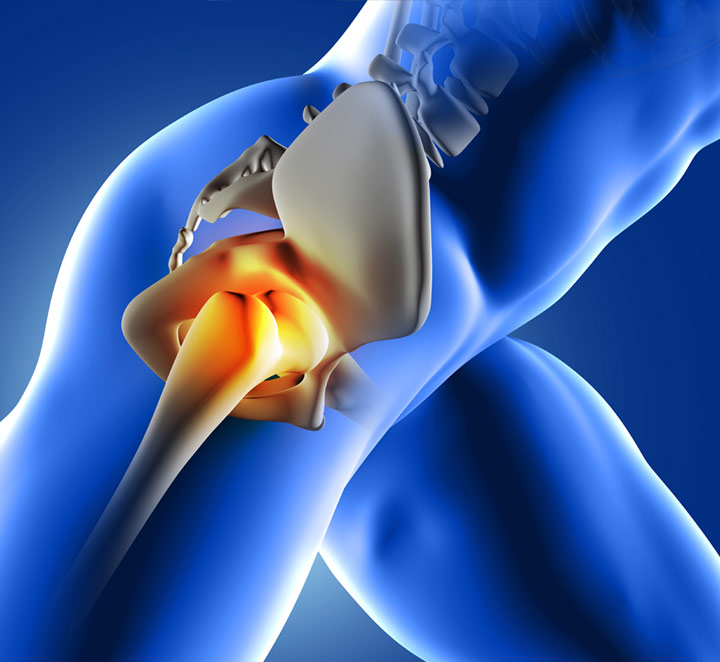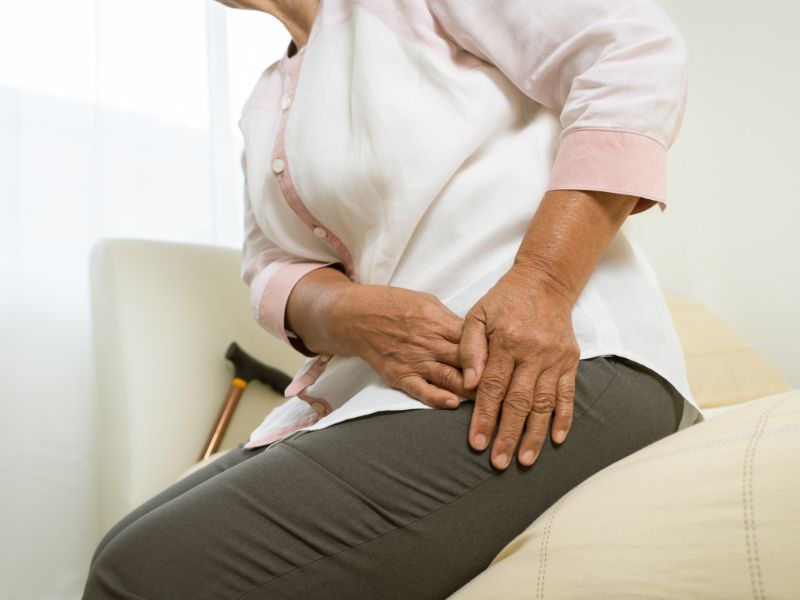
Osseous avulsion is a medical condition that occurs when one of the bones in the body, typically at a joint, experiences a break or separation of the bone. This separation happens when a traumatic force, such as a fall, sports injury, or direct trauma, exerts excessive pressure on a ligament or tendon, tearing away a small piece of the bone to which it is attached.
Localisation osseous avulsion :
The key characteristics include :
Typically occurs near joints where tendons and ligaments attach to bones, affecting areas such as fingers, wrists, ankles, elbows, shoulders, or hips.
Causes :
Usually caused by acute trauma such as falls, sports injuries, or violent impacts. Sudden stretching of muscles and tendons exerts excessive traction on the bone, resulting in a break.
Symptoms osseous avulsion :
Typical symptoms of osseous avulsion include intense pain, swelling, and loss of mobility in the affected region. Patients may also experience a sensation of deformity or joint instability.
Diagnosis :
Diagnosis is usually based on symptoms, trauma history, and medical imaging studies like X-rays or MRI to confirm bone rupture.
Treatment osseous avulsion :
Treatment depends on the severity of the lesion. Minor cases may require conservative treatment, like immobilization and physiotherapy. More severe cases may need surgical intervention to repair damaged bone.
Rehabilitation :
Rehabilitation is essential after treatment, focusing on restoring strength, mobility, and function. Physiotherapy is often recommended for complete recovery.
For a better understanding of the pathology, click the following link to access radiological images.
Consult a healthcare professional for intense pain, swelling, or joint anomalies after trauma. Proper medical assessment ensures accurate diagnosis and appropriate treatment for osseous avulsion, leading to optimal patient recovery.




